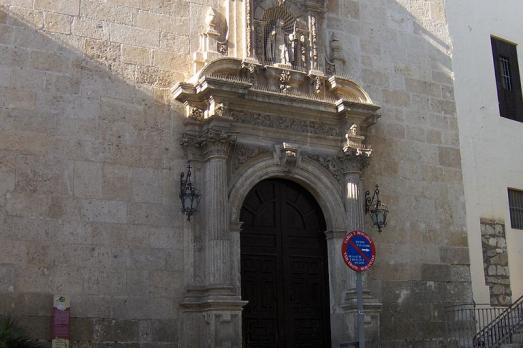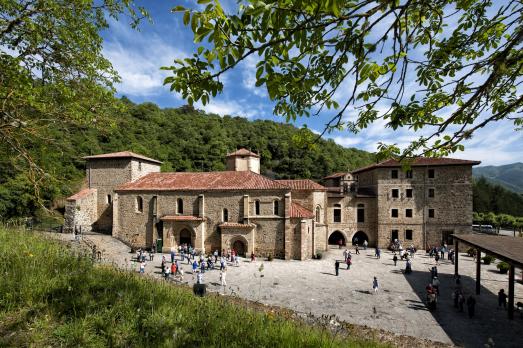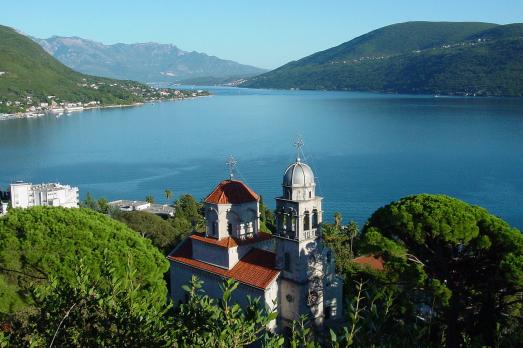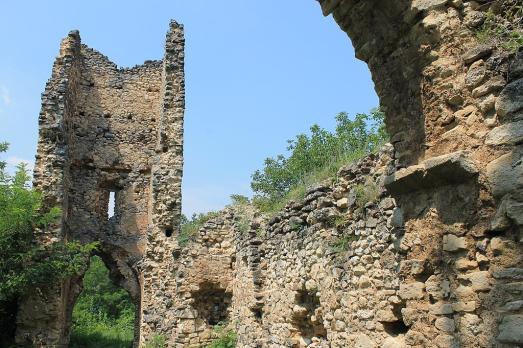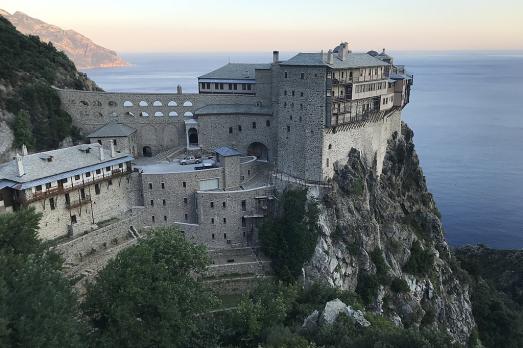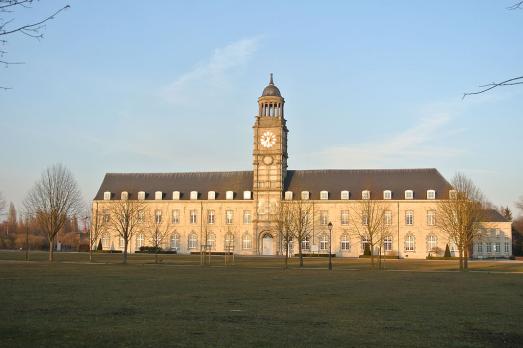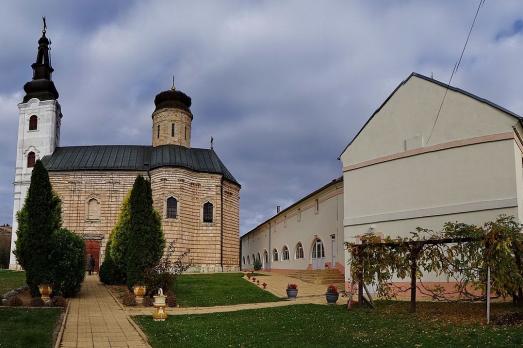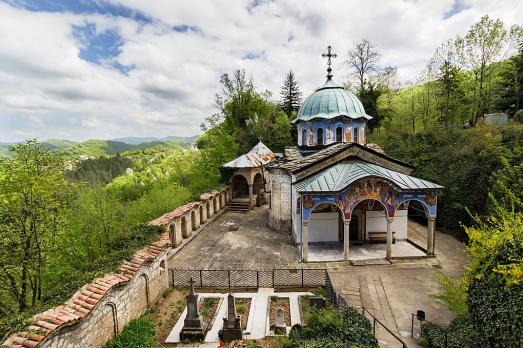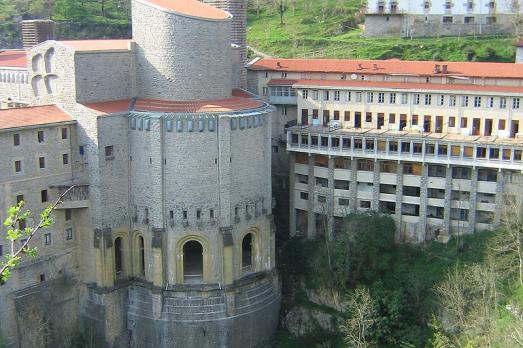
Sanctuary of Arantzazu
Aránzazu, ES
The Sanctuary Our Lady of Aranzazu is a Marian Catholic shrine located in Oñate, in the state of Guipúzcoa, where the Virgin of Aranzazu (patroness of the province) appeared in 1469. The building, built in the 50s, is the work of famous Spanish modernist architects such as Luis Laorga and Francisco Javier Sáenz de Oiza.
